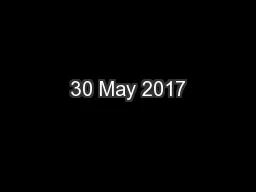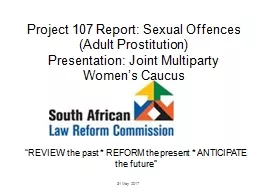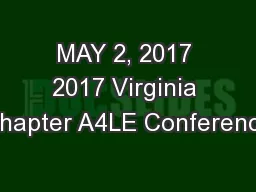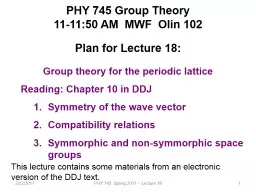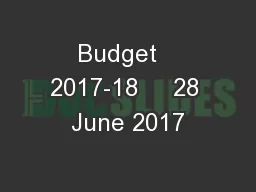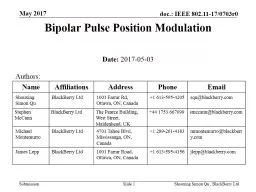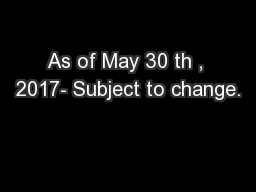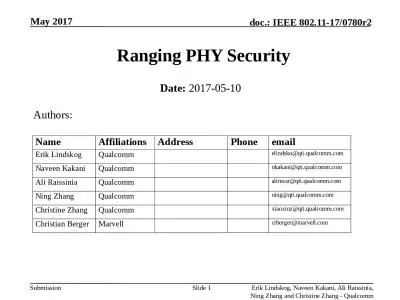PPT-30 May 2017
Author : luanne-stotts | Published Date : 2017-09-25
Legal Aid Board Solicitors Panel for Abhaile Training Day Denis Ryan Bankruptcy Division Law Governing Bankruptcy Official Assignee in Bankruptcy Consequences
Presentation Embed Code
Download Presentation
Download Presentation The PPT/PDF document "30 May 2017" is the property of its rightful owner. Permission is granted to download and print the materials on this website for personal, non-commercial use only, and to display it on your personal computer provided you do not modify the materials and that you retain all copyright notices contained in the materials. By downloading content from our website, you accept the terms of this agreement.
30 May 2017: Transcript
Download Rules Of Document
"30 May 2017"The content belongs to its owner. You may download and print it for personal use, without modification, and keep all copyright notices. By downloading, you agree to these terms.
Related Documents

